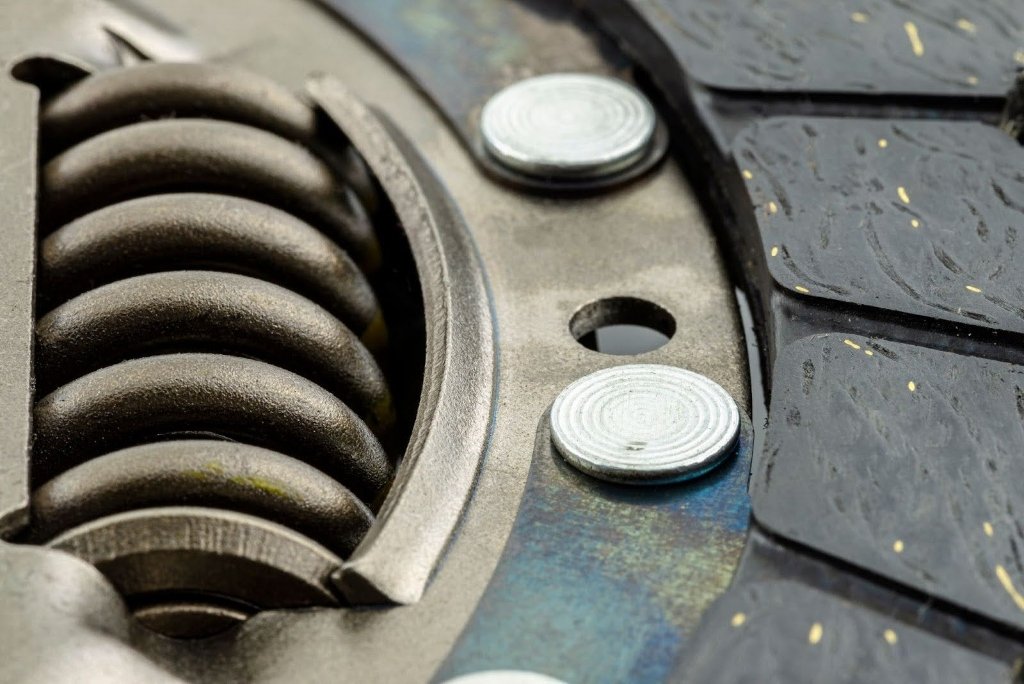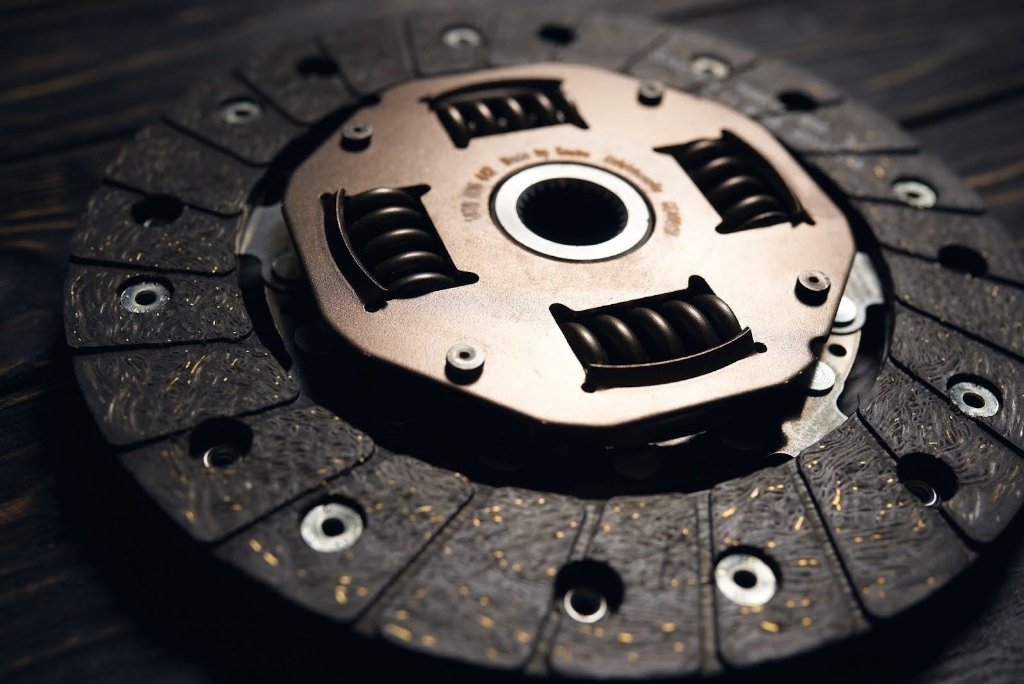Your car’s clutch plays a crucial role in connecting the engine and the transmission, allowing you to shift gears smoothly and control power delivery to the wheels. Like all mechanical components, the clutch experiences wear and tear over time, and eventually, it may need replacing.
Recognising the warning signs of a failing clutch early can save you from costly repairs, dangerous breakdowns, and prolonged time off the road. In this guide, we’ll cover the most common signs your clutch is going off, how to spot them, and what to do when you suspect your clutch needs replacement.
Understanding How Your Clutch Works
Before identifying the signs of a failing clutch, it’s important to understand how it functions. A car clutch consists of several key clutch components: the clutch plate, clutch disc, pressure plate, flywheel, and the release mechanism operated by the clutch pedal.
When you press the clutch pedal, the pressure plate pulls away from the clutch plate, disconnecting the engine from the gearbox. This allows you to change gear without grinding or damaging the gearbox.
Over time, friction from engaging and disengaging the clutch causes the clutch plate, flywheel, and pressure plate to wear out. Driving habits, such as riding the clutch, frequently stopping in traffic, or aggressive gear changes, can shorten the lifespan of your clutch.
Signs You Need Clutch Replacement
1. Slipping Clutch
A slipping clutch is one of the clearest signs that your clutch needs replacing. You may notice the engine revs increasing without a corresponding increase in vehicle speed, especially when accelerating or going uphill.
Why it happens?
- Worn clutch plate or friction material.
- Weak or damaged pressure plate.
- Oil contamination on clutch surfaces.
Why it’s serious: A clutch slipping condition reduces performance, increases fuel consumption, and can lead to complete clutch failure if ignored.
2. Difficulty Changing Gears
If you find it hard to change gear or shift gears, especially into first or reverse, it could be due to a worn clutch or a problem with the clutch master or slave cylinder.
Possible causes:
- The clutch is not fully disengaging when you press the clutch pedal.
- Air or leaks in the hydraulic system.
- Warped flywheel or pressure plate.
Why it matters: Forcing gears when the clutch isn’t disengaging can damage the gearbox and increase repair costs.
3. Grinding or Unusual Noises
A noticeable grind when you change gear or a rattling sound when the clutch is engaged can indicate clutch wear or damaged internal parts.
Potential issues:
- Damaged clutch disc.
- Worn release bearing.
- Faulty alignment between the flywheel and pressure plate.
Tip: Grinding noises should never be ignored; they are often an early sign that your clutch is going off.
4. Soft or Spongy Clutch Pedal
If the clutch pedal feels unusually soft or spongy underfoot, there could be a hydraulic issue or a problem with the clutch system.
Possible causes:
- Air in the hydraulic lines.
- Worn seals in the clutch master or slave cylinder.
- Leaking fluid.
A spongy pedal can quickly escalate to total clutch failure, so have it checked immediately.
5. Burning Smell
A burnt clutch smell, especially during hill starts or heavy traffic, can mean the clutch is overheating and the friction material is wearing away.
Why it happens?
- Riding the clutch for too long.
- A slipping clutch under heavy load.
- Worn clutch plate or pressure plate.
Persistent burning smells are a major sign your clutch needs replacement before it fails completely.
6. Juddering When Pulling Away
If the car shudders or vibrates when moving off from a standstill, this can indicate uneven wear on the clutch plate or flywheel.
Possible causes:
- Warped pressure plate or flywheel.
- Contaminated clutch surfaces.
- Misalignment in the clutch system.
Juddering not only makes driving uncomfortable but can also put extra strain on other clutch components.
7. Clutch Pedal Biting Point Changes
If the biting point of your clutch pedal has moved significantly higher or lower than usual, it may be a sign that the clutch is wearing out.
Why does it matter?
- A high biting point often means the clutch plate is nearing the end of its life.
- A low biting point could signal hydraulic or cable issues.
Causes of Clutch Wear and Tear
The lifespan of your clutch varies depending on your driving habits, vehicle type, and the make and model of your car.

Common causes of clutch wear include:
- Aggressive acceleration.
- Riding the clutch in traffic.
- Towing heavy loads.
- Frequent stop-start driving.
Even a healthy clutch will eventually wear out over time, but careful driving can help extend its life.
When to Replace a Clutch?
If you experience any of these noticeable signs, it’s time to have your car inspected by a professional. Continuing to drive with a worn-out clutch can lead to gearbox damage and higher repair costs.
Clutch replacement involves:
- Removing the transmission to access the clutch assembly.
- Replace the clutch disc, pressure plate, and release bearing.
- Inspecting and resurfacing or replacing the flywheel if needed.
A replacement clutch should restore smooth operation and get you back on the road safely.
How to Prevent Premature Clutch Failure
To get the most out of your car’s clutch, follow these tips:
- Avoid riding the clutch; keep your foot off the clutch pedal when not changing gears.
- Use the handbrake when stopped on a hill.
- Engage the clutch smoothly to avoid shock loads.
- Get your car serviced regularly to spot early clutch issues.
How Ashroad Service Centre Helps You Deal With Clutch Failure?
If you’re noticing any of the signs that your clutch needs replacing, book your clutch replacement in Aldershot at Ash Road Service Centre. Specialising in diagnosing when a clutch is going and carrying out full clutch replacement work, their team uses high-quality parts and proven techniques to ensure your car’s clutch system operates smoothly.
Whether it’s a slipping clutch, difficulty shifting gears, or unusual pedal feel, Ash Road Service Centre offers reliable inspections and prompt repairs to get you back on the road safely. With transparent pricing and exceptional customer care, they’re a trusted choice for drivers who want their clutch serviced right the first time.
Final Thoughts
Your clutch is a vital link between the engine and the gearbox, and ignoring the signs that your clutch is going off can lead to complete clutch failure. By learning the 5 signs of trouble, from slipping and grinding to a soft clutch pedal and burning smells, you can act early, schedule a clutch replacement, and avoid expensive damage.
If you notice any signs your clutch needs replacement, don’t wait; a professional inspection could mean the difference between a simple repair and a costly gearbox rebuild. Check Ash Road Service Centre reviews on Google and see why local drivers in Aldershot trust us for reliable clutch repairs and replacements.

